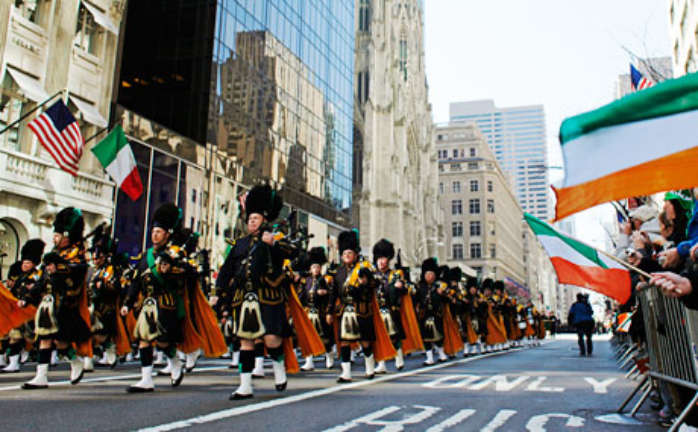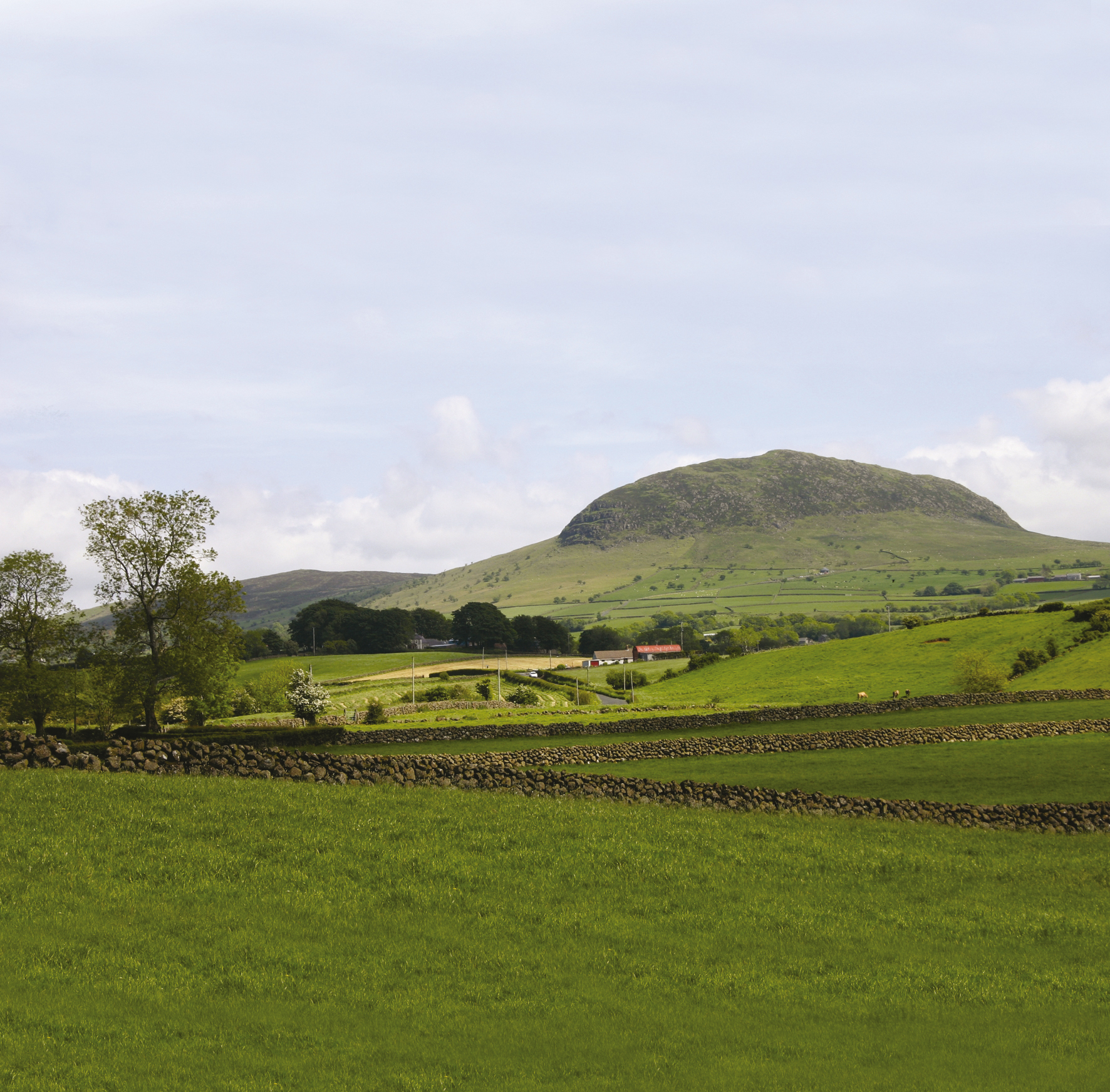The Story of Saint Patrick and Saint Patrick’s Day
With Saint Patrick’s Day just around the corner we thought we’d give a little insight into the story beyond green beer, green rivers and parades.
Whilst all of that can be great fun, Saint Patrick, and the feast of Saint Patrick’s Day, is known and celebrated throughout the world primarily due to his legacy of truly establishing Christianity in Ireland and further afield.
Over decades of struggle and strife Saint Patrick helped establish Christianity, morals and a belief system that stills stands in modern Ireland to this day.
With that, we’ll always remember him.

When is St Patrick’s Day?
Saint Patrick’s Day is a cultural and religious celebration observed on March 17th every year. This date is considered to be the anniversary of Saint Patrick’s death and is a celebration feast day as Lenten restrictions, observed in the weeks preceding Easter, are lifted.
Who was Saint Patrick?
Saint Patrick is largely known as the patron saint of Ireland and as the man who established Christianity on the Emerald Isle but he is also (maybe surprisingly to some) the designated saint of Australia, Nigeria and Montserrat.
Saint Patrick was born into a noble family somewhere along the west coast of Great Britain and at the age of 16 was captured, enslaved and taken to Ireland by raiders pillaging his birthplace.
Over the next six years, under the watchful eye of his captor and local Chieftain Milchu, Saint Patrick was forced to tend to local farm animals in the harsh conditions of Slemish Mountain in County Antrim. During those six years of virtual isolation Patrick became deeply religious and spent almost every day in prayer as he sought out compassion, understanding and a path to freedom.
Incredibly Patrick escaped his captures and, after journeying to Dublin, was able to return to his family by boat but over the coming years the young man would hear the “voice of the Irish” in his dreams and know that he had to return to help the once pagan country see the light.
Upon returning Saint Patrick became the second ever Archbishop of Armagh and spent the rest of his life establishing Christianity and helping spread God’s message within the shores of the Emerald Isle.
Where was Saint Patrick born?
There is much debate as to where Saint Patrick was born but most claims fix his birthplace as either Scotland or Wales on the west coast of Great Britain.
Some records state that the saint originated from a long-gone settlement near Dumbarton in Scotland whilst others note that he was born a Welshman named Maewyn Succat to a councillor father, Calpornius, and a preacher grandfather.
Despite his upbringing Patrick would only truly accept religion later in his life.
What is St Patrick’s shamrock?
After returning to Ireland as a learned holy man, following his initial capture, enslavement and subsequent escape, Saint Patrick set about establishing Christian values and teaching all across the land.
To do this he became the second ever Archbishop of Armagh, following the less successful term of Pallidus, and began to teach the ways of the Holy Trinity: the Father, the Son and the Holy Spirit.
When teaching and converting Chieftains and the local people Saint Patrick used the natural Shamrock as a visual guide. Three leaves shoot out from one stem on a Shamrock and this became the natural representation of the Holy Spirit for the people of Ireland.
To this day the plant and saint are inextricably linked.
What is St Patrick’s Day?
Saint Patrick’s Day is a designated feast day that occurs on March 17th every year on the traditional anniversary death of the Emerald Isle’s patron saint.
It was first designated a holy day in Ireland during the 17th century and public life generally came to a standstill as a mark of respect. It wasn’t until the introduction of Saint Patrick’s Day to America and Canada, as a result of immigration and British settlements, that the day became more about celebrating Irish culture, heritage and Christianity.
The feast day was first celebrated in America in 1737 by Irish troops serving in Boston and the first recorded Saint Patrick’s celebration in New York happened in 1756. Australian-Irish followed suit from 1795 onwards and the first recorded Canadian-Irish parade began in 1824.
Each country, immigrant, ancestor and native might celebrate Saint Patrick’s Day slightly differently but generally March 17th is seen as a relaxed day for fun, friends and family.
What are the St Patrick’s Day Traditions?
Each town, city, group or country celebrate Saint Patrick’s Day differently and as a result there are less established traditions than one might think.
Despite this most Saint Patrick’s Day celebrations include a local parade, people wearing green, the singing of traditional Irish songs and potentially a few pints or a dram of whiskey…
Every year also famously sees the Chicago River dyed green in celebration and Irish-Americans also traditionally eat corned beef and cabbage but this rarely happens in Ireland.
Where are St Patrick’s Day Parades?
There are hundreds of Saint Patrick’s Day parades worldwide but the most famous generally occur in New York City, Boston, Chicago, Dublin and Belfast.
Montreal, in Canada, boasts one of the oldest Saint Patrick’s Day parades in the North American continent. Canadians have been braving the March cold and donning some green since 1824!
--
Thanks for reading our blog! As a thank you, you can get 10% off any Irish plot of land by using the code: BLOG10

The perfect gift for those with Irish Roots
Your own little piece of Ireland
Use code BLOG10 today to get a 10% Discount


